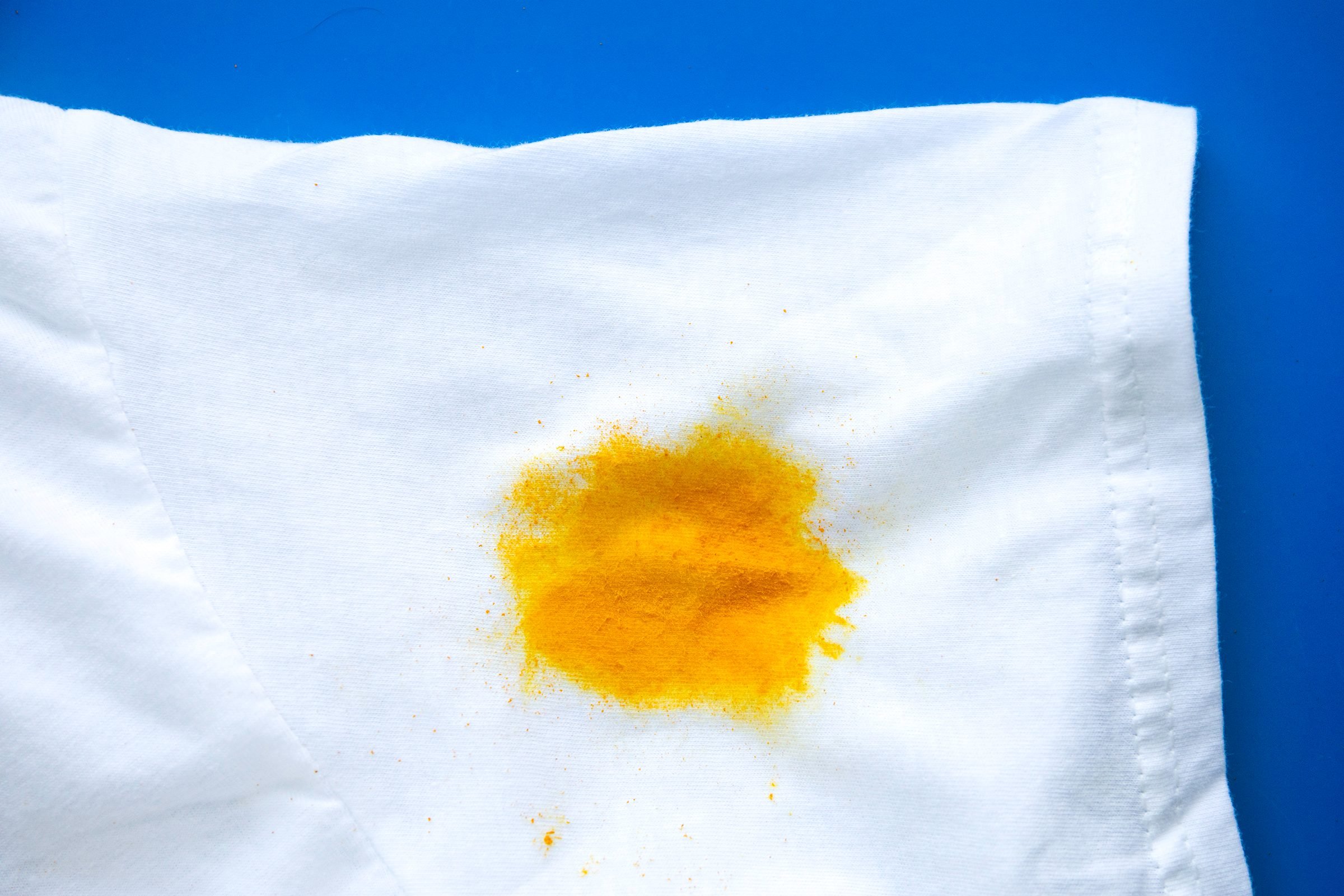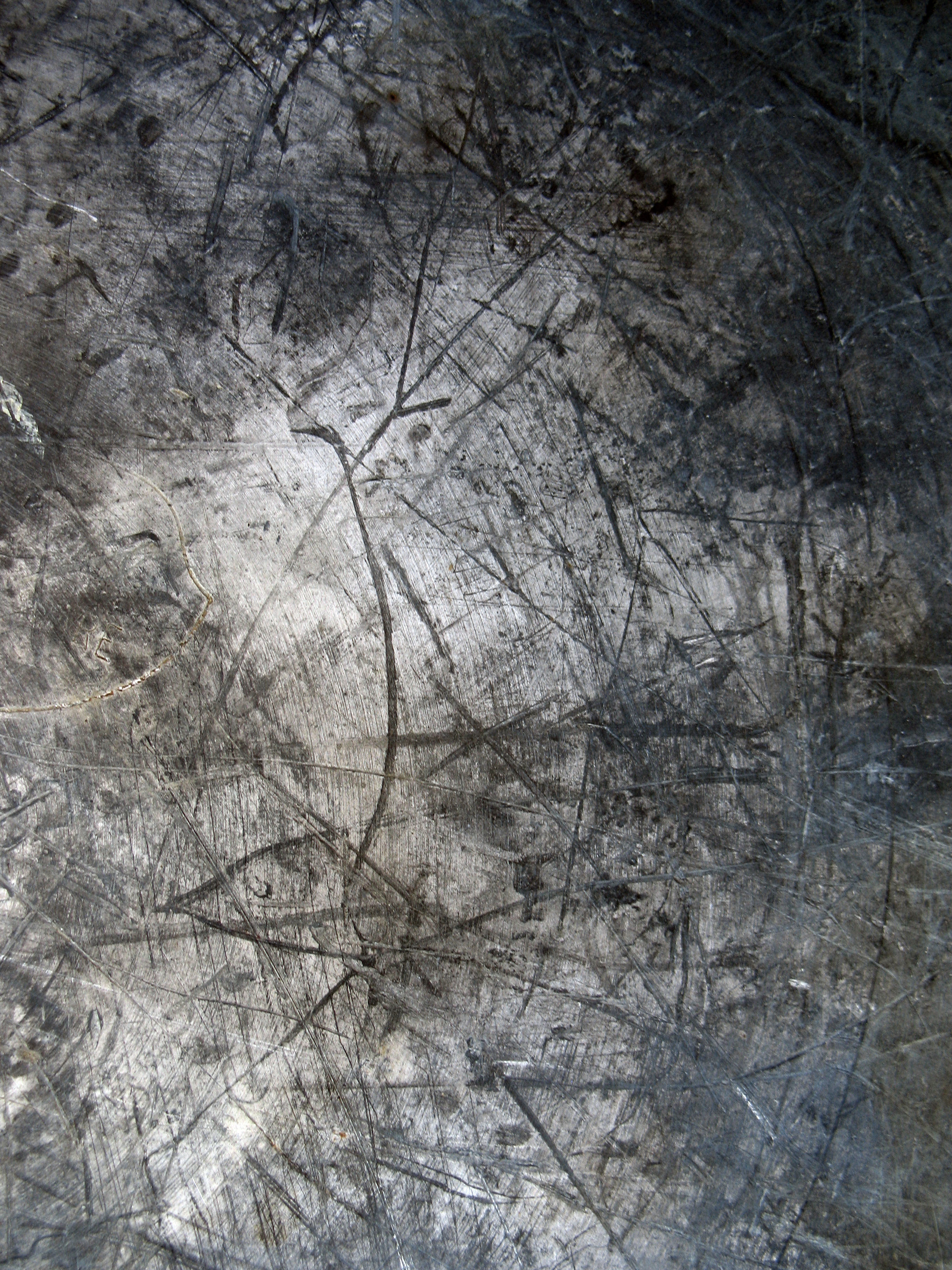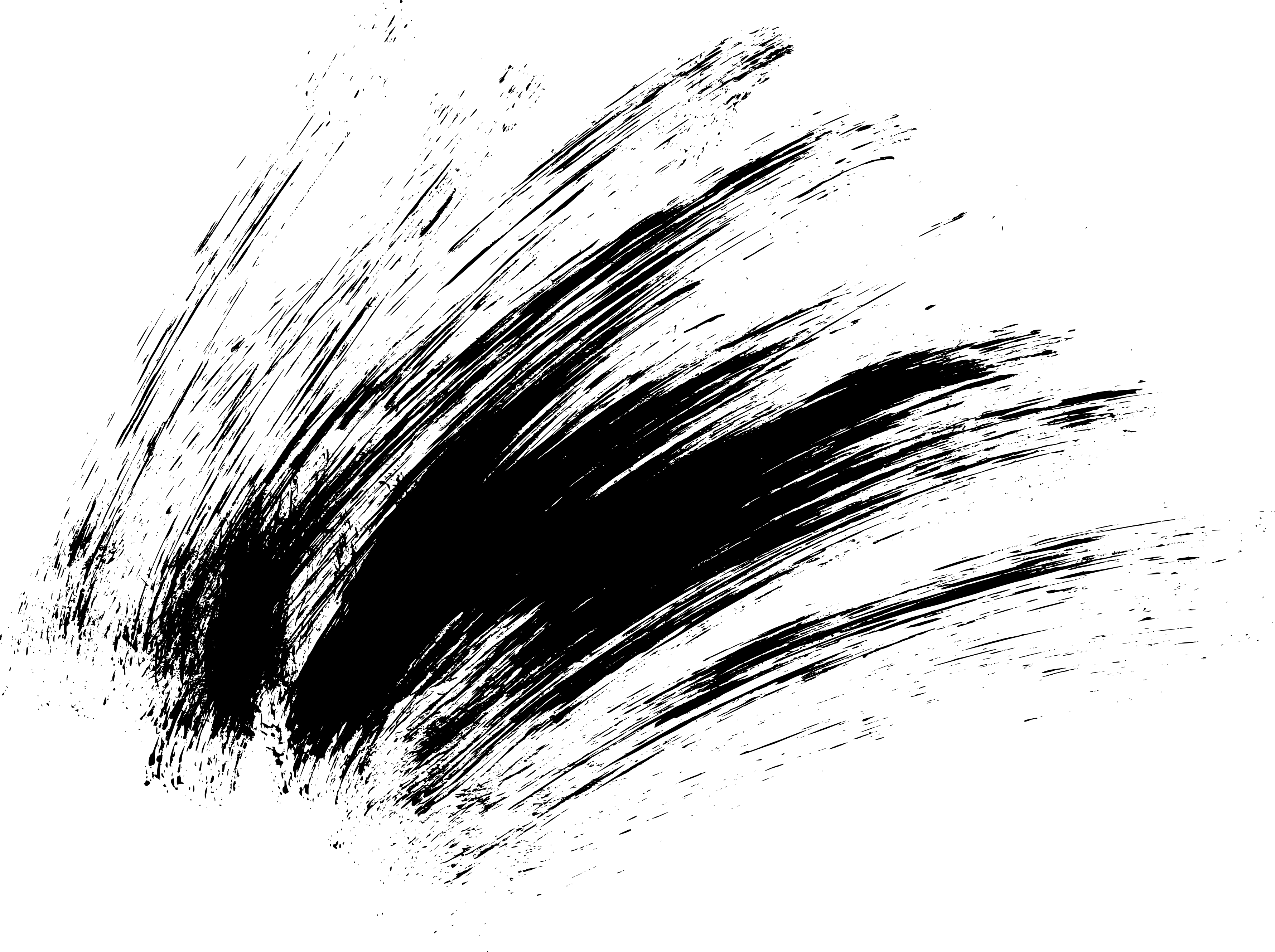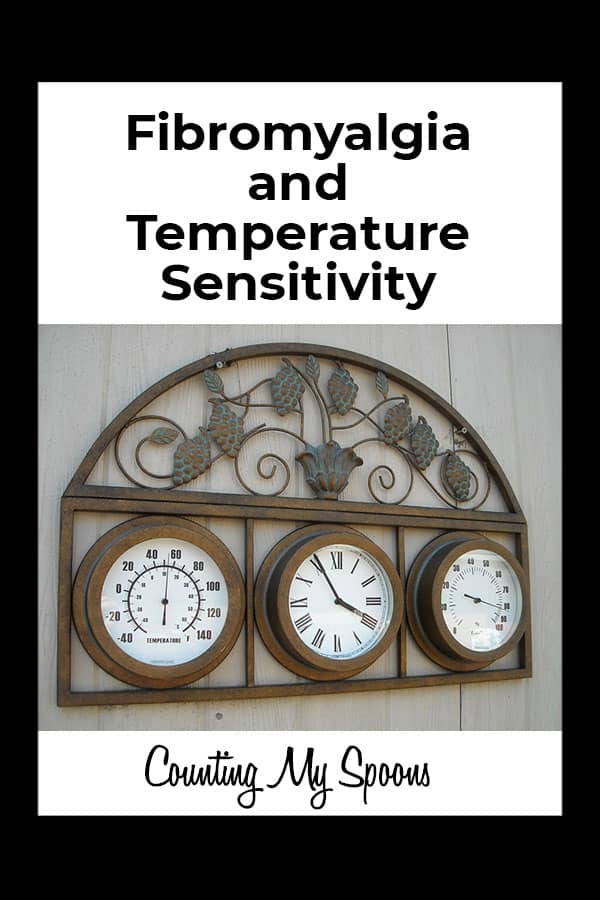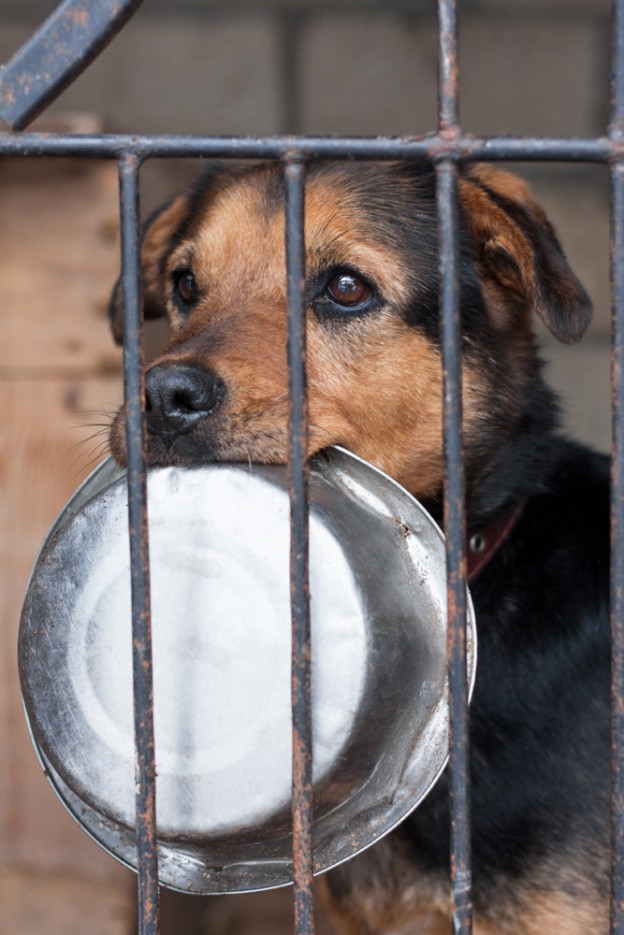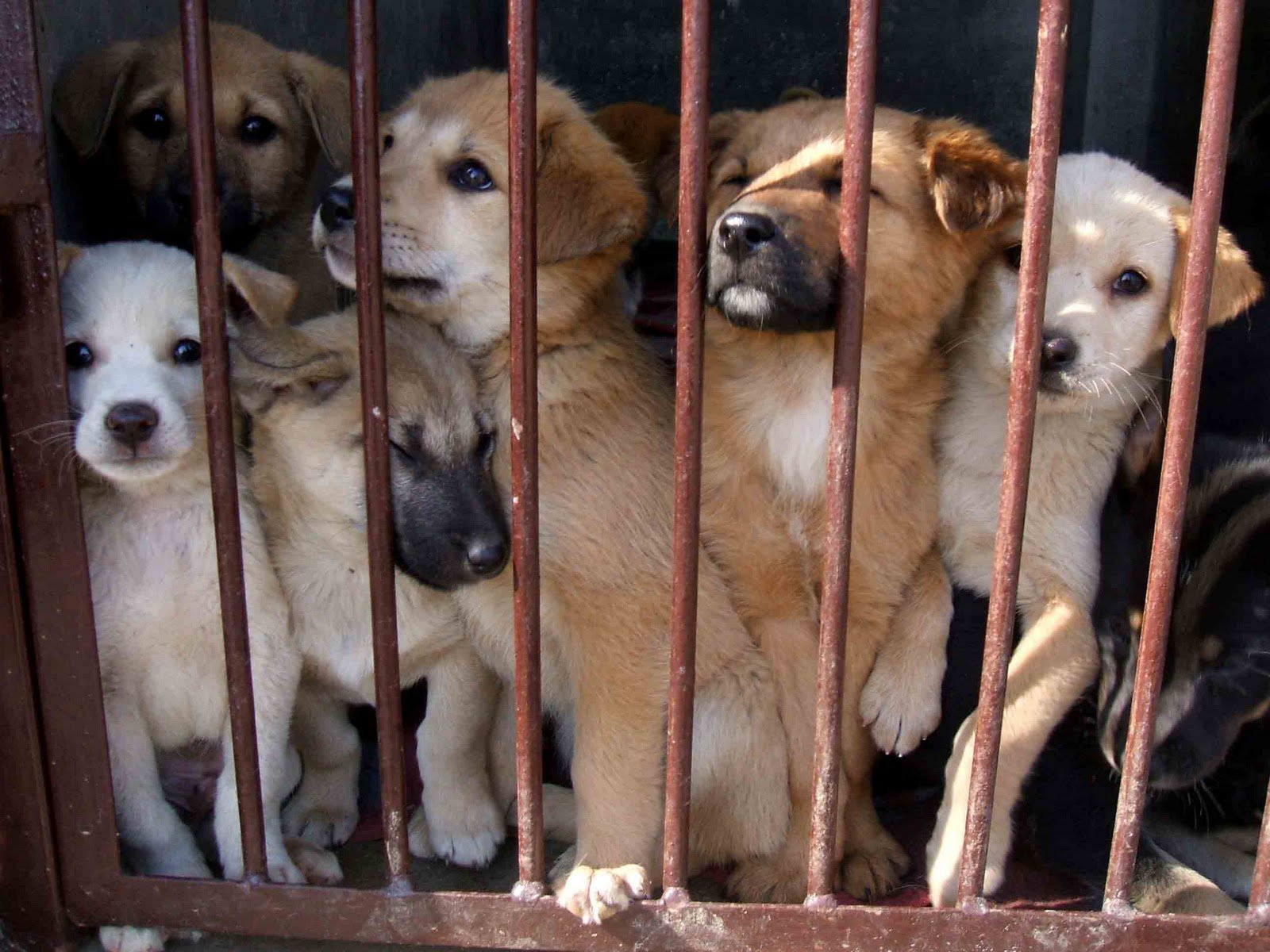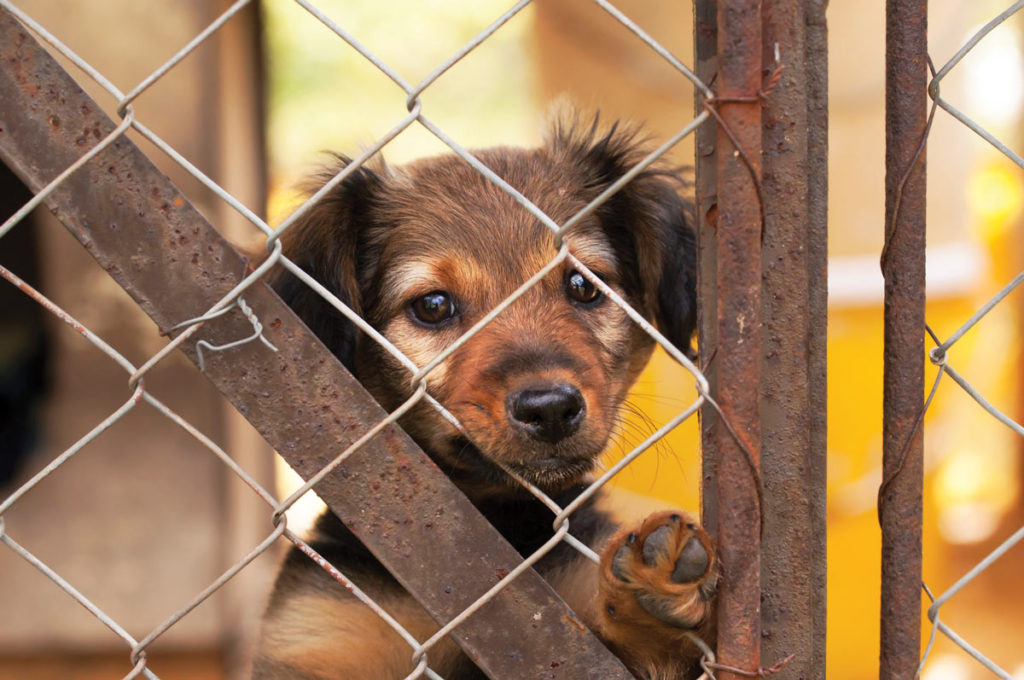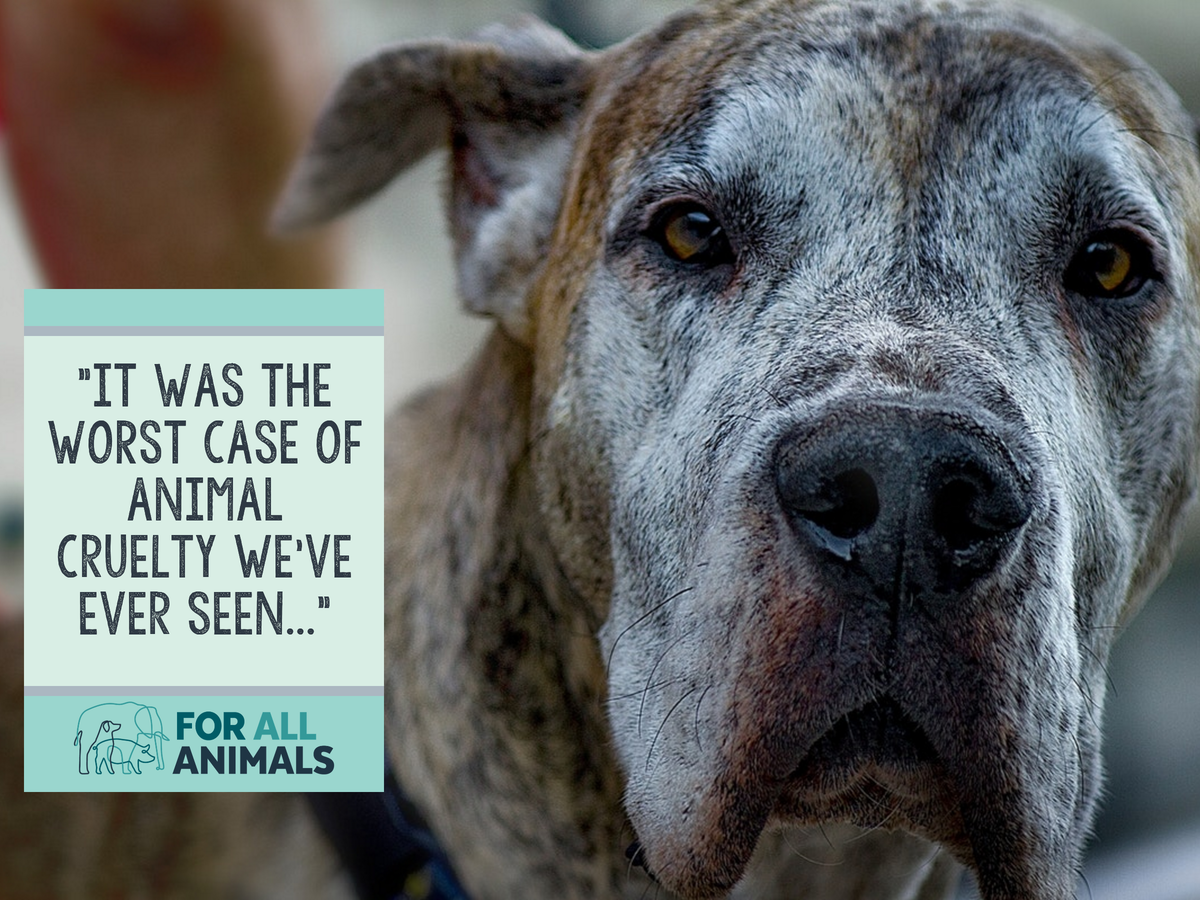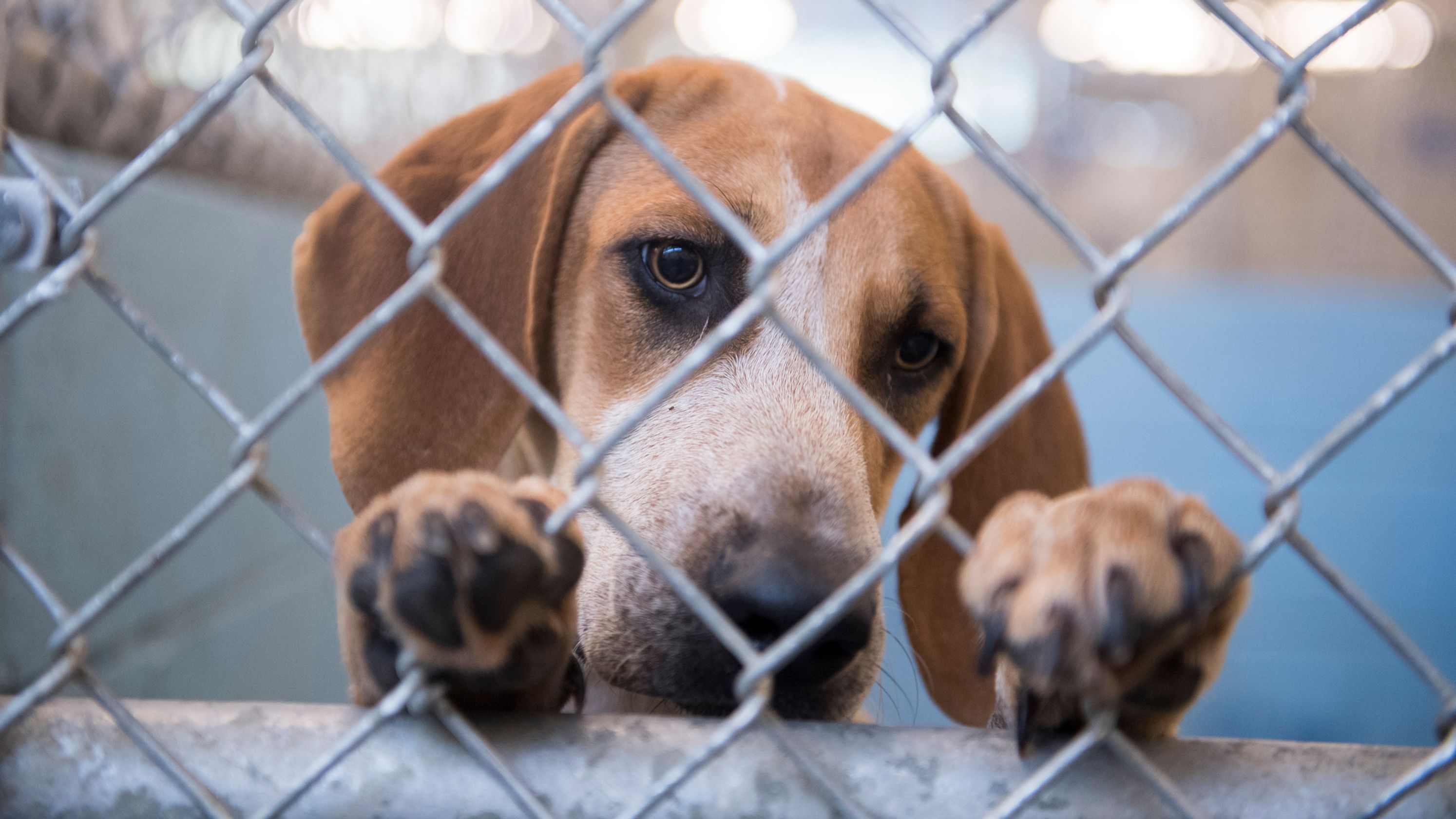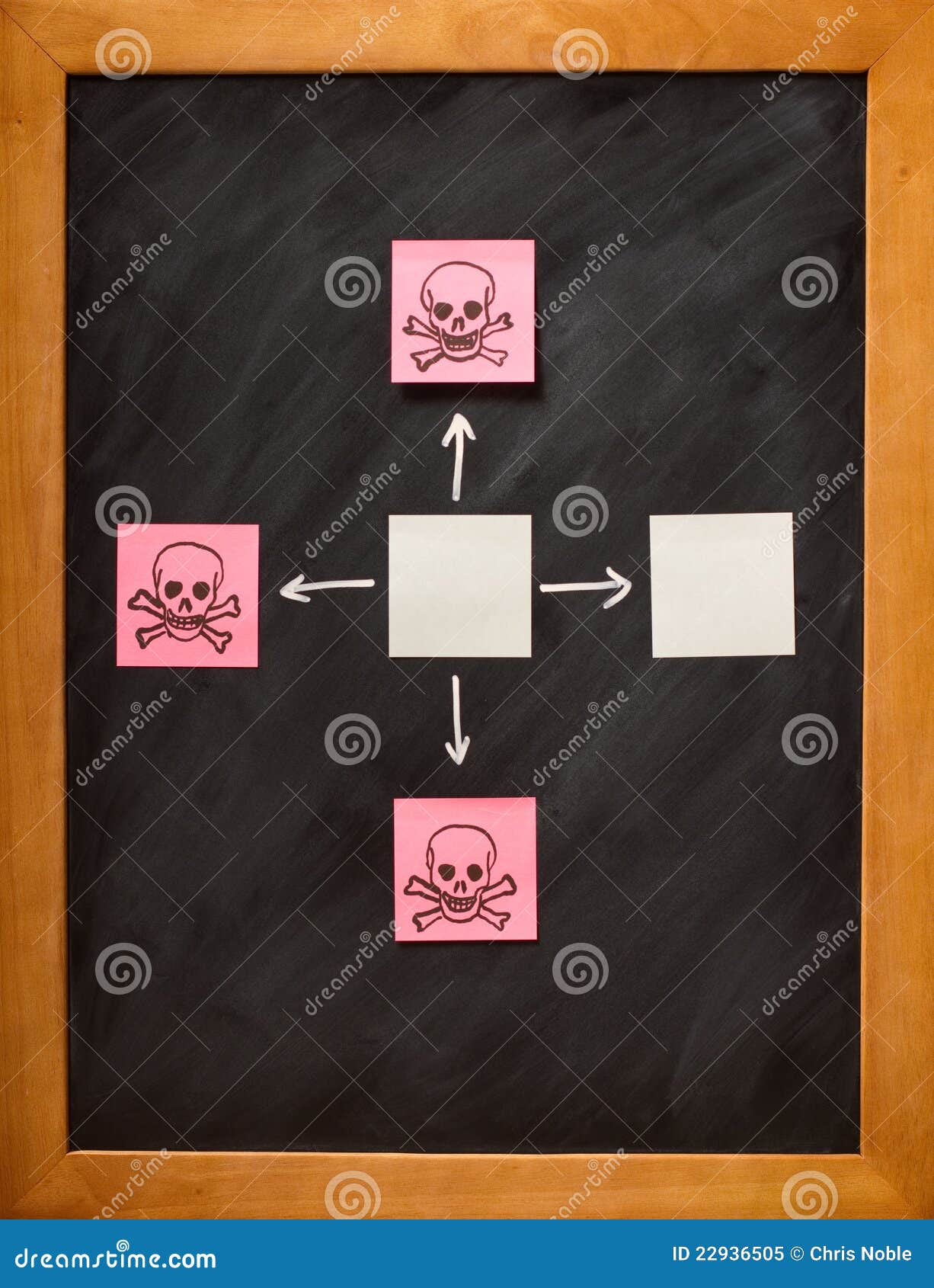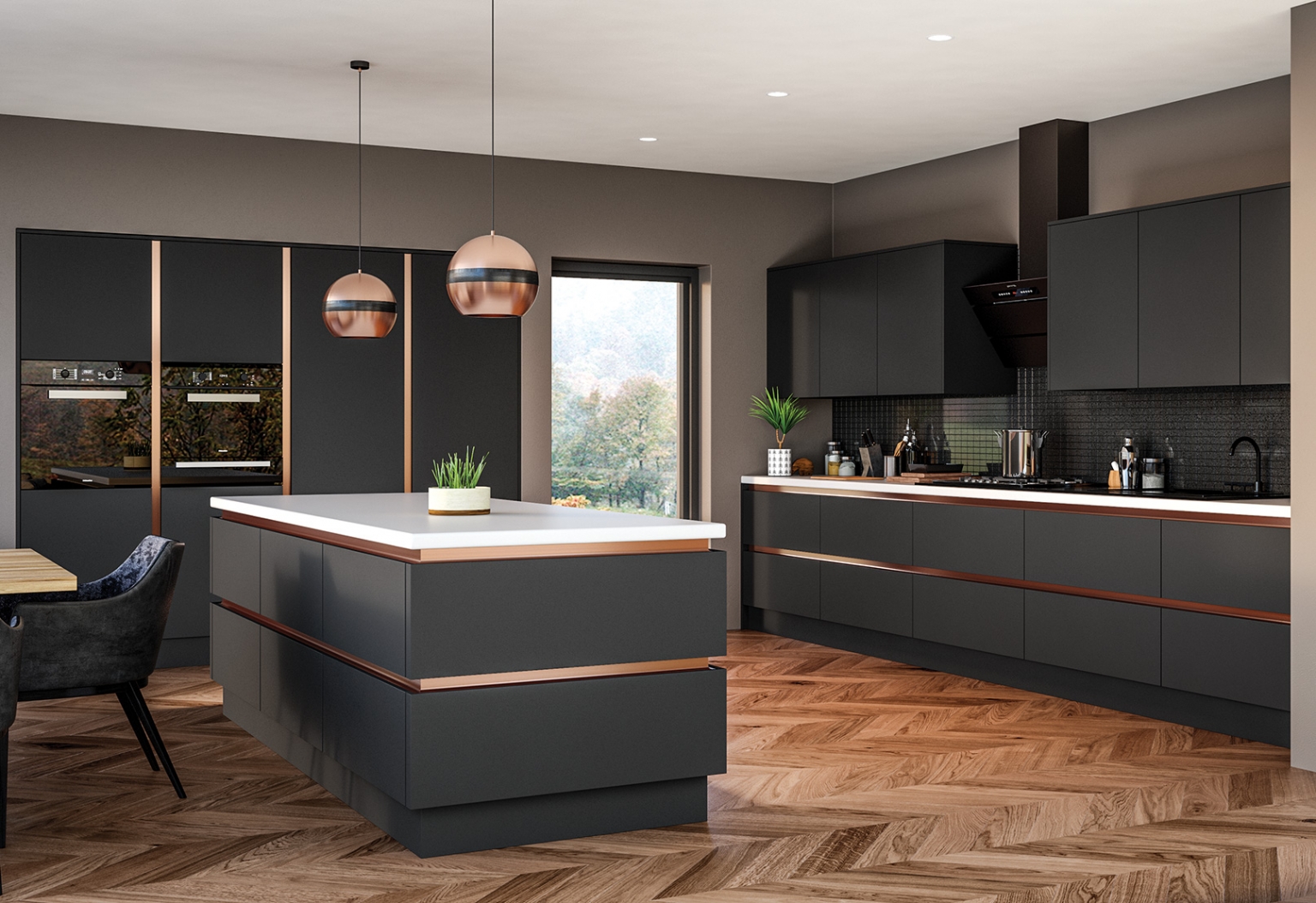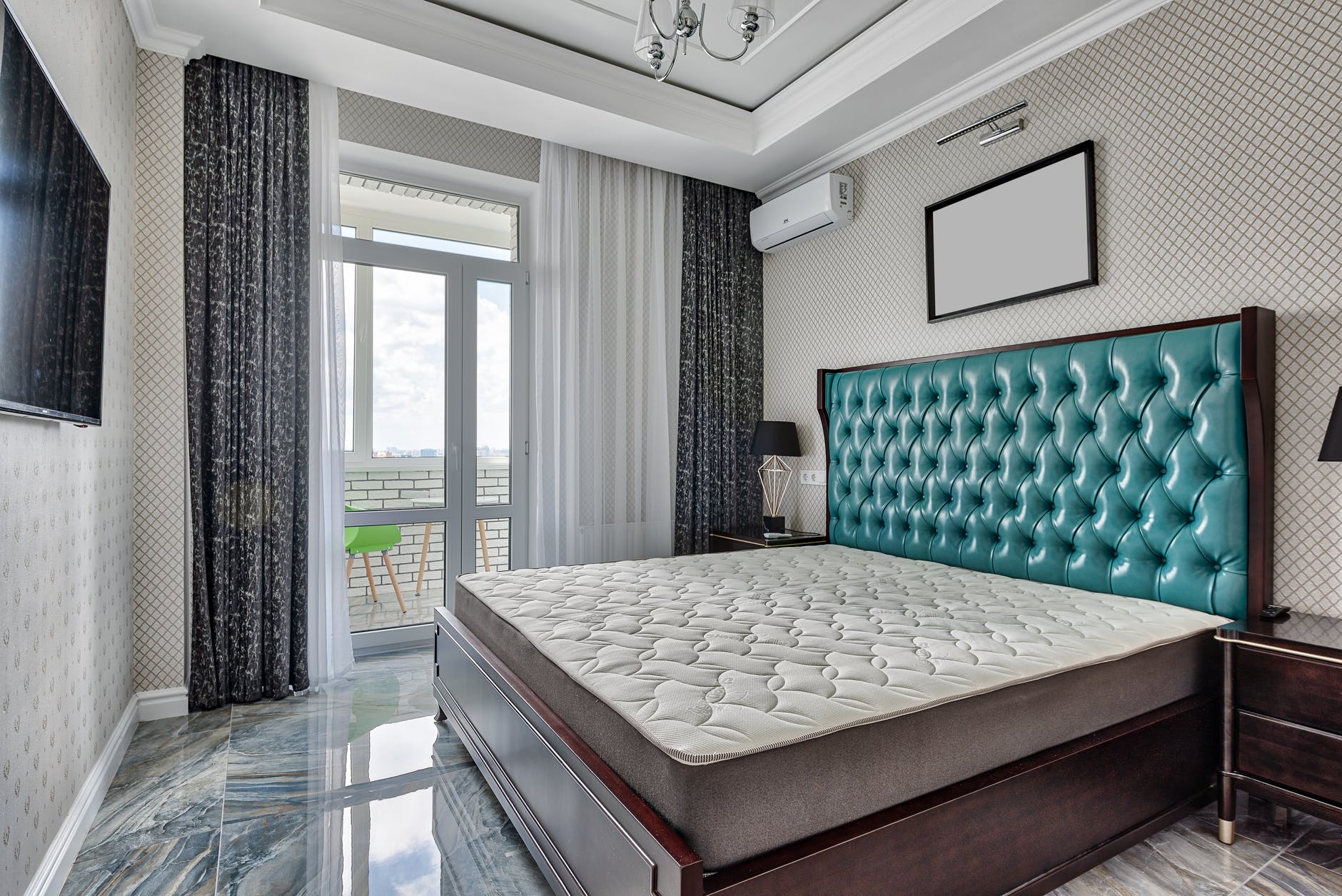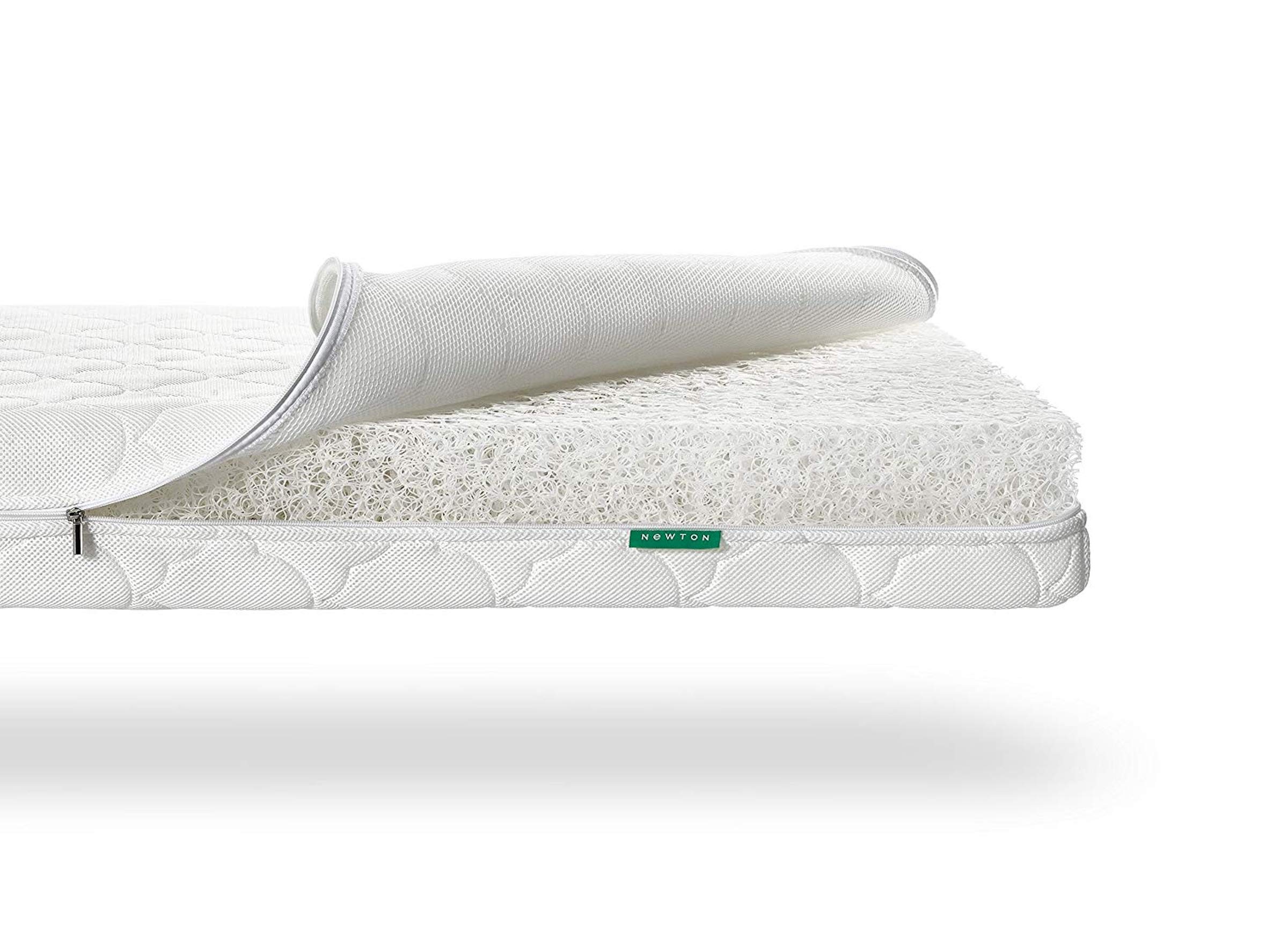When it comes to furniture, durability is always a major concern. While leather sofas are often touted as being long-lasting, they do come with their own set of drawbacks in terms of durability. One of the main drawbacks is that leather is prone to cracking and peeling over time, especially in areas of high use. This can be a major issue for those who want their furniture to last for years to come.Durability
Another drawback of leather sofas is the amount of maintenance they require. Unlike fabric sofas, leather requires regular cleaning and conditioning to keep it looking its best. This can be time-consuming and costly, as special products are often needed for proper care. Plus, if any spills or stains occur, they must be cleaned immediately to prevent permanent damage.Maintenance
Leather sofas are often associated with luxury and can come with a high price tag. Genuine leather is more expensive than faux leather, and even faux leather can still be quite costly. This can be a major deterrent for those on a budget, as there are other more affordable options for furniture available.Cost
The leather industry has a significant impact on the environment, as it requires the use of animal products and chemicals in the tanning process. This can contribute to deforestation, water pollution, and carbon emissions. For those who are environmentally-conscious, this can be a major drawback of leather sofas.Environmental Impact
While leather may look sleek and stylish, it may not always be the most comfortable option for seating. Leather tends to be firm and can feel cold in the winter and sticky in the summer. It also does not have the same level of cushioning as fabric sofas, making it less comfortable for long periods of sitting.Comfort
Leather may be durable, but it is not impervious to stains. Any spills or accidents must be cleaned up immediately to avoid staining the leather. Even with regular cleaning and conditioning, stains can still occur, especially on lighter colored leather. This can be a major drawback for those with children or pets in the household.Stains
Just like any other material, leather is susceptible to scratches. This can be a major concern for those with pets, as their claws can easily leave marks on the surface of a leather sofa. While some scratches may add character to the leather, larger or deeper scratches can be difficult to fix and can ruin the overall appearance of the furniture.Scratches
Leather is a natural material and is sensitive to temperature changes. In the winter, it can feel cold and uncomfortable to sit on, while in the summer, it may become sticky and uncomfortable. This can be a major issue for those living in extreme climates and can make the sofa less enjoyable to use year-round.Temperature Sensitivity
For some, the use of animal products in making leather furniture is a major drawback. The leather industry has faced criticism for inhumane treatment of animals and the use of animal products for fashion and furniture. This can be a major concern for those who are against animal cruelty and do not want to support the leather industry.Animal Cruelty
While leather may be associated with luxury and sophistication, it may not always offer a wide range of style options. Leather sofas often come in neutral colors and traditional designs, making it difficult for those looking for more unique or modern pieces to find what they are looking for. This can be a major drawback for those who want their furniture to make a statement in their home. In conclusion, while leather sofas may have their benefits, they also come with their fair share of drawbacks. From maintenance and cost to environmental impact and limited style options, it's important to consider all aspects before investing in a leather sofa. With proper care and consideration, a leather sofa can be a beautiful and long-lasting addition to any home.Limited Style Options
The Drawbacks of Leather Sofas
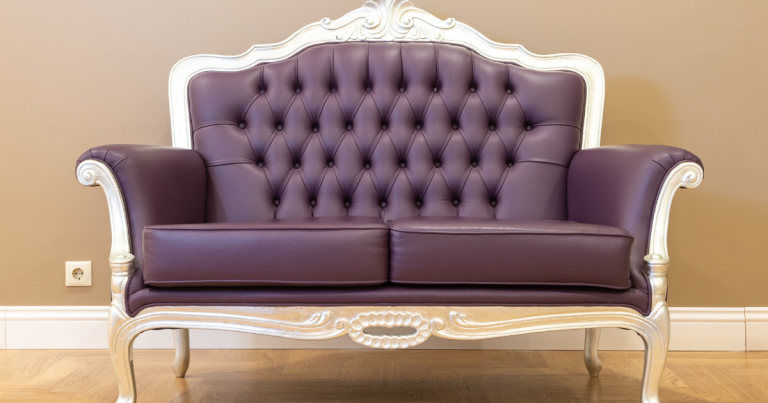
Limited Color Options and Maintenance Requirements
 One of the main drawbacks of leather sofas is that they come in limited color options. Unlike fabric sofas, which can be found in a wide range of colors and patterns, leather sofas often only come in neutral shades such as black, brown, or white. This can be limiting for those who want to add a pop of color to their living room. Additionally, leather requires special maintenance to keep it looking its best. It must be regularly cleaned and conditioned to prevent cracks and maintain its softness and shine. This can be time-consuming and costly, making leather sofas a high-maintenance furniture choice.
One of the main drawbacks of leather sofas is that they come in limited color options. Unlike fabric sofas, which can be found in a wide range of colors and patterns, leather sofas often only come in neutral shades such as black, brown, or white. This can be limiting for those who want to add a pop of color to their living room. Additionally, leather requires special maintenance to keep it looking its best. It must be regularly cleaned and conditioned to prevent cracks and maintain its softness and shine. This can be time-consuming and costly, making leather sofas a high-maintenance furniture choice.
Prone to Scratches and Damage
 Another drawback of leather sofas is that they are prone to scratches and damage. While leather is a durable material, it can still be easily damaged by sharp objects or pets with sharp claws. This can be a concern for families with young children or pets, as scratches and tears can be difficult to repair and can impact the overall appearance of the sofa. Additionally, leather is not as forgiving as fabric when it comes to spills and stains, making it more susceptible to permanent damage.
Another drawback of leather sofas is that they are prone to scratches and damage. While leather is a durable material, it can still be easily damaged by sharp objects or pets with sharp claws. This can be a concern for families with young children or pets, as scratches and tears can be difficult to repair and can impact the overall appearance of the sofa. Additionally, leather is not as forgiving as fabric when it comes to spills and stains, making it more susceptible to permanent damage.
Cost and Environmental Impact
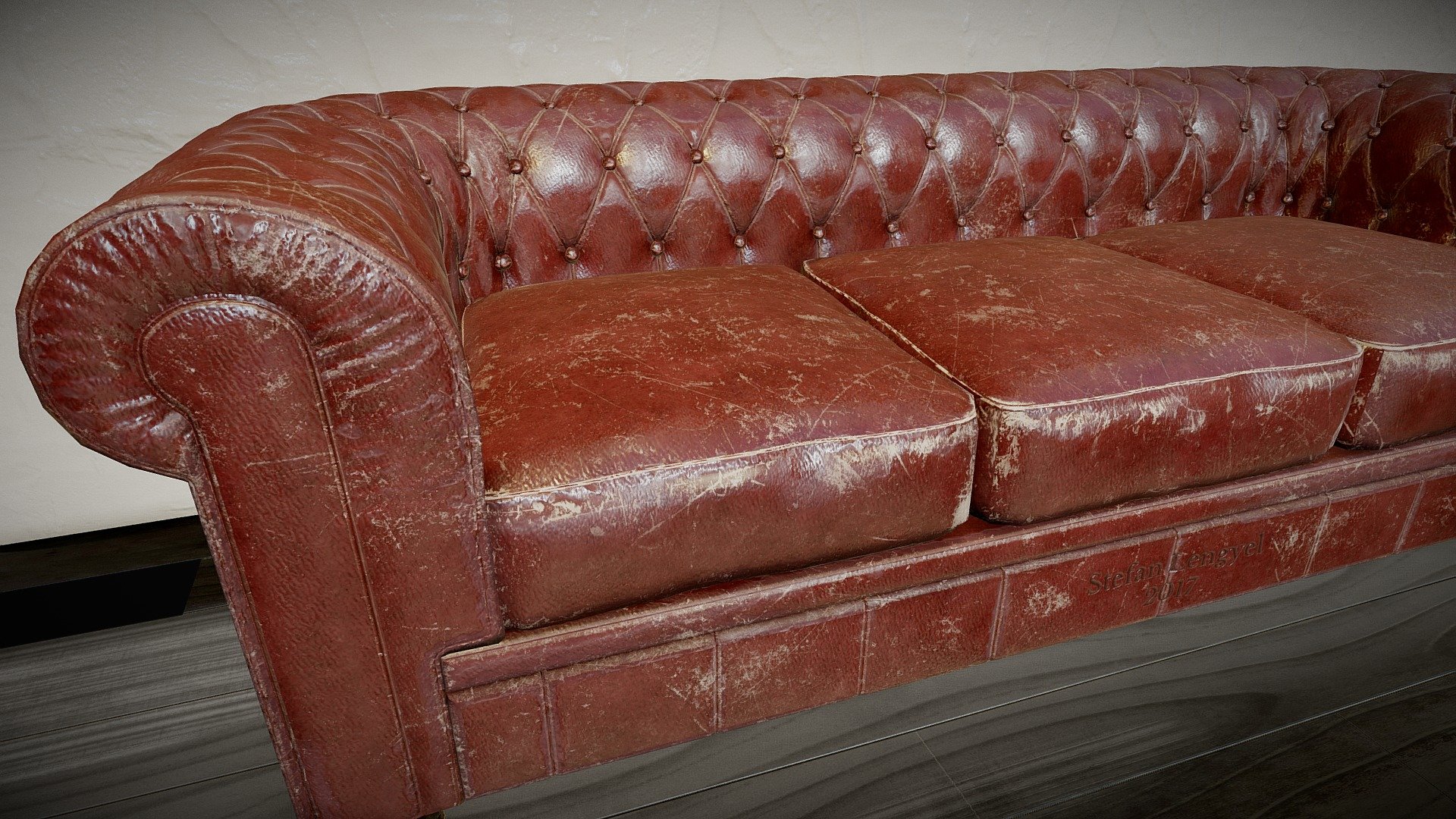 Leather sofas can also be a costly investment. Genuine leather is a luxury material, and as such, it comes with a higher price tag compared to fabric sofas. This can be a barrier for those on a budget or looking for a more affordable furniture option. Additionally, the production of leather can have a negative impact on the environment. The process of tanning leather involves the use of toxic chemicals, and the demand for leather contributes to deforestation and the depletion of animal populations. This may be a concern for those looking for more sustainable and environmentally-friendly furniture options.
Leather sofas can also be a costly investment. Genuine leather is a luxury material, and as such, it comes with a higher price tag compared to fabric sofas. This can be a barrier for those on a budget or looking for a more affordable furniture option. Additionally, the production of leather can have a negative impact on the environment. The process of tanning leather involves the use of toxic chemicals, and the demand for leather contributes to deforestation and the depletion of animal populations. This may be a concern for those looking for more sustainable and environmentally-friendly furniture options.
Conclusion
 While leather sofas have their advantages, it's important to consider the drawbacks as well. Limited color options, high maintenance requirements, susceptibility to damage, and the cost and environmental impact are all factors to consider before investing in a leather sofa. It's important to weigh these drawbacks against the benefits to determine if a leather sofa is the right choice for your home and lifestyle.
While leather sofas have their advantages, it's important to consider the drawbacks as well. Limited color options, high maintenance requirements, susceptibility to damage, and the cost and environmental impact are all factors to consider before investing in a leather sofa. It's important to weigh these drawbacks against the benefits to determine if a leather sofa is the right choice for your home and lifestyle.
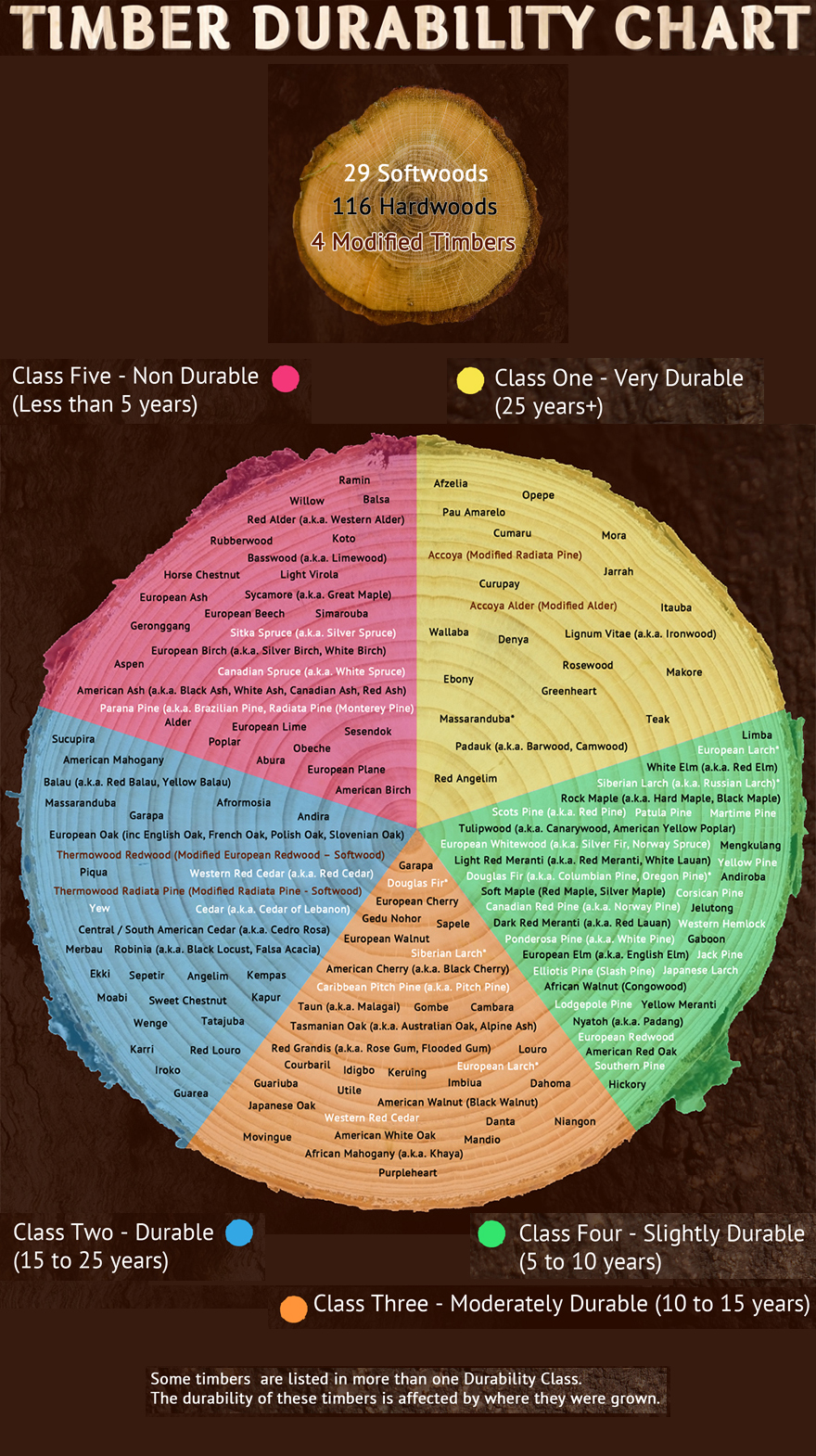


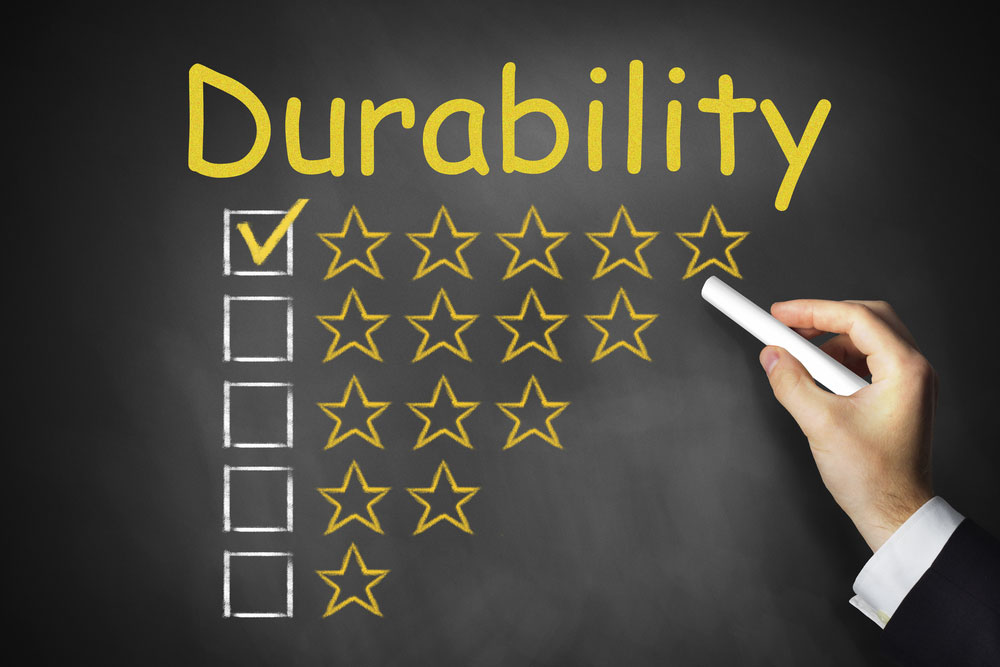









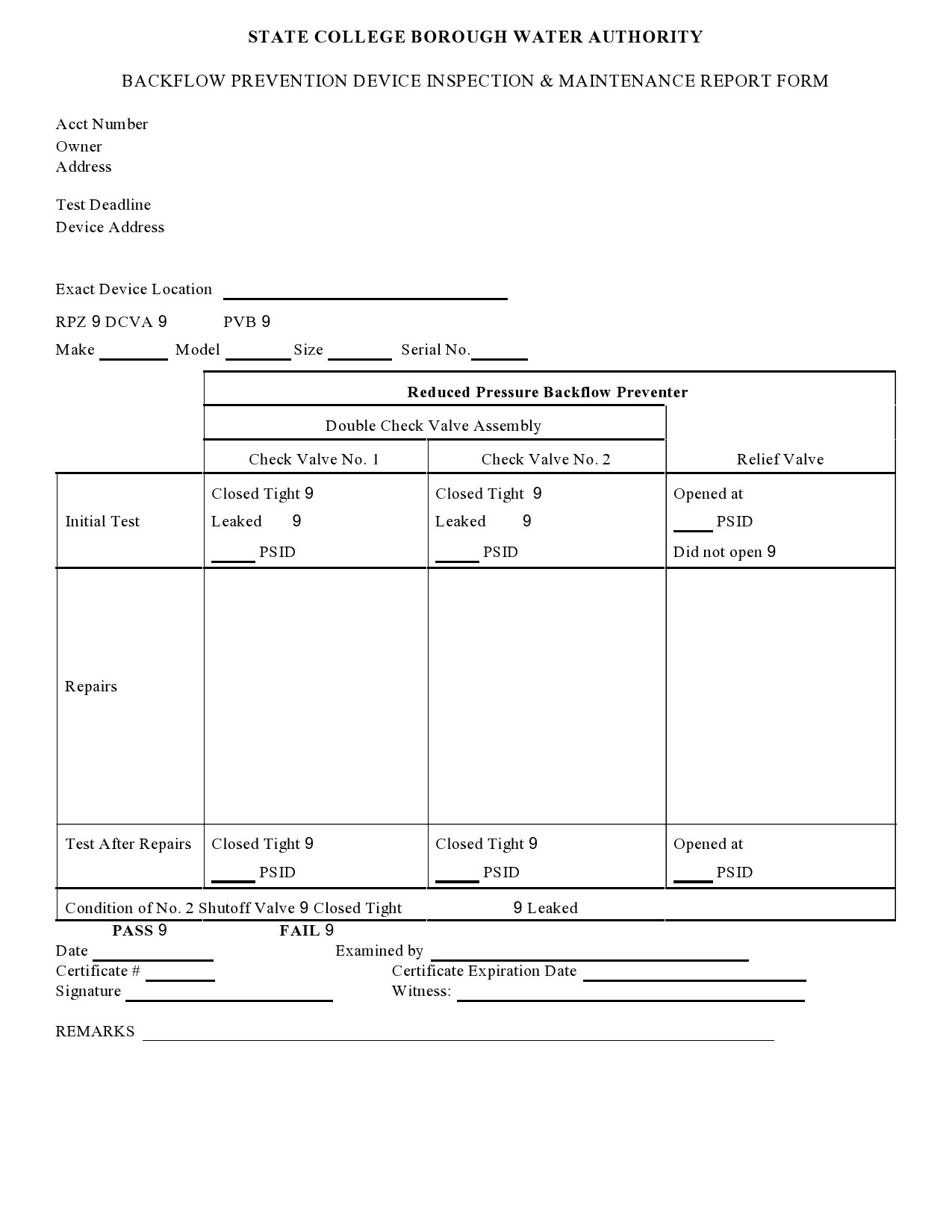

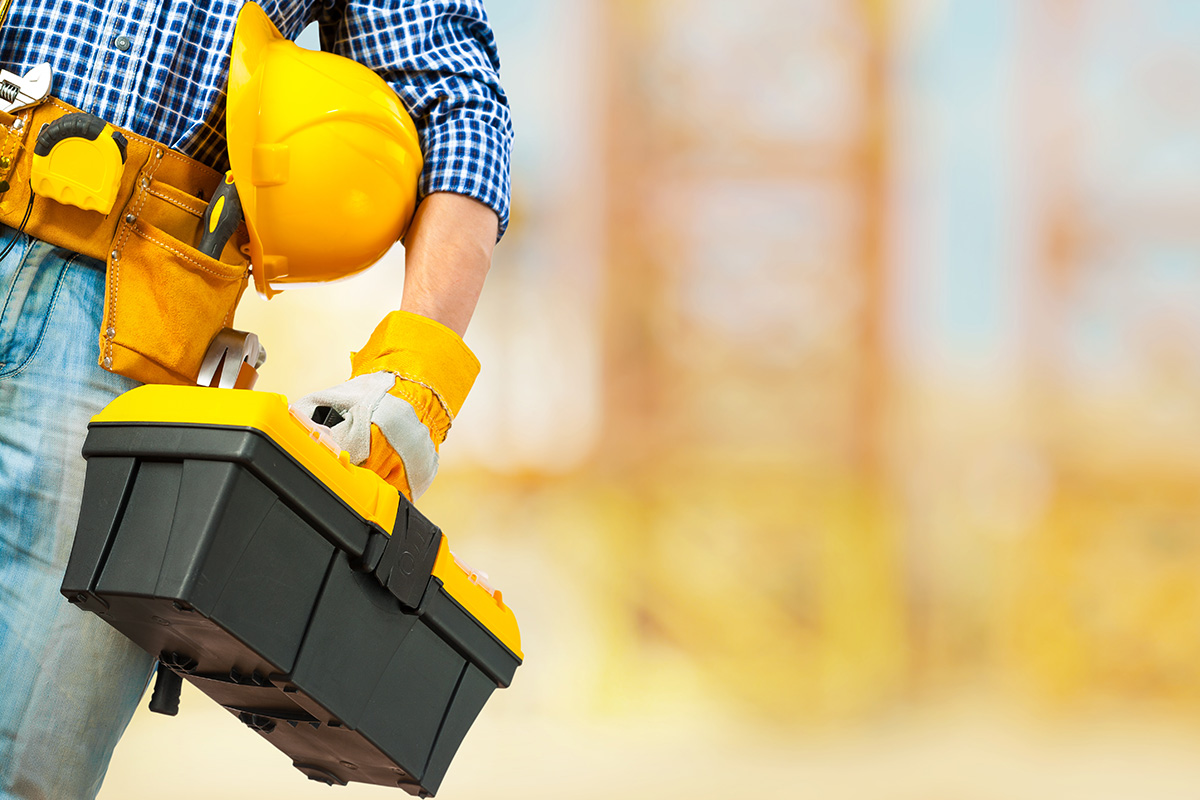
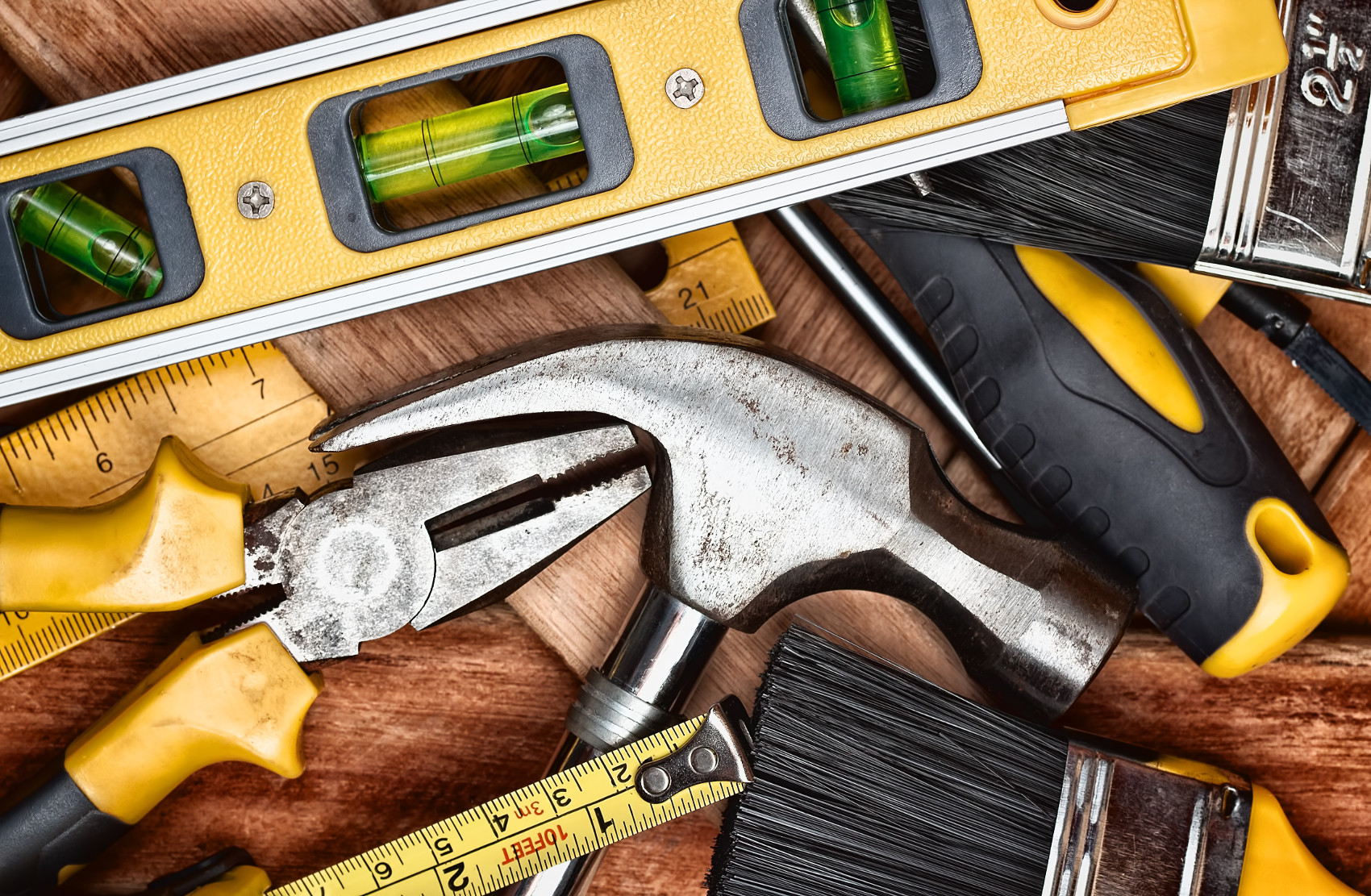

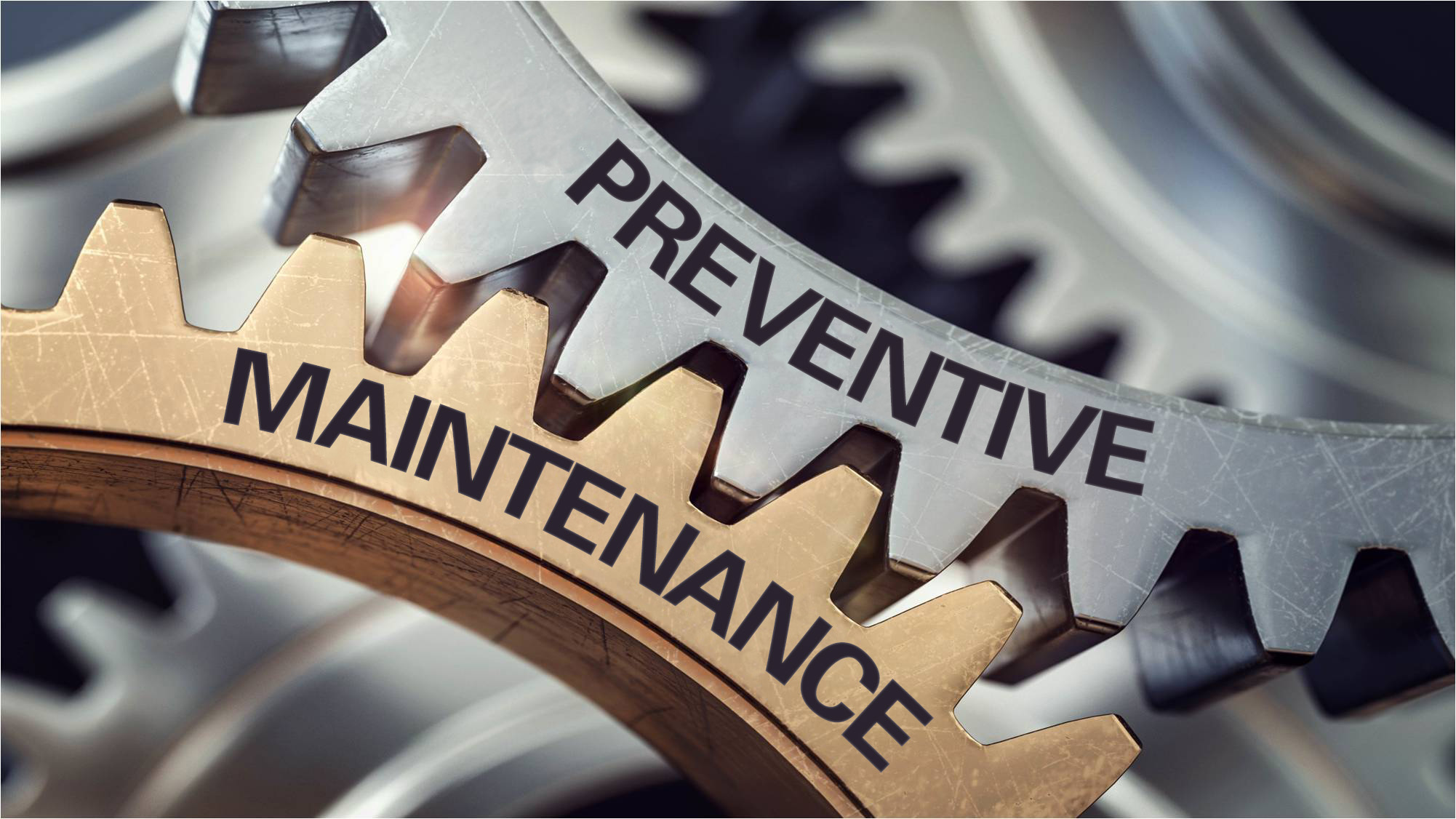










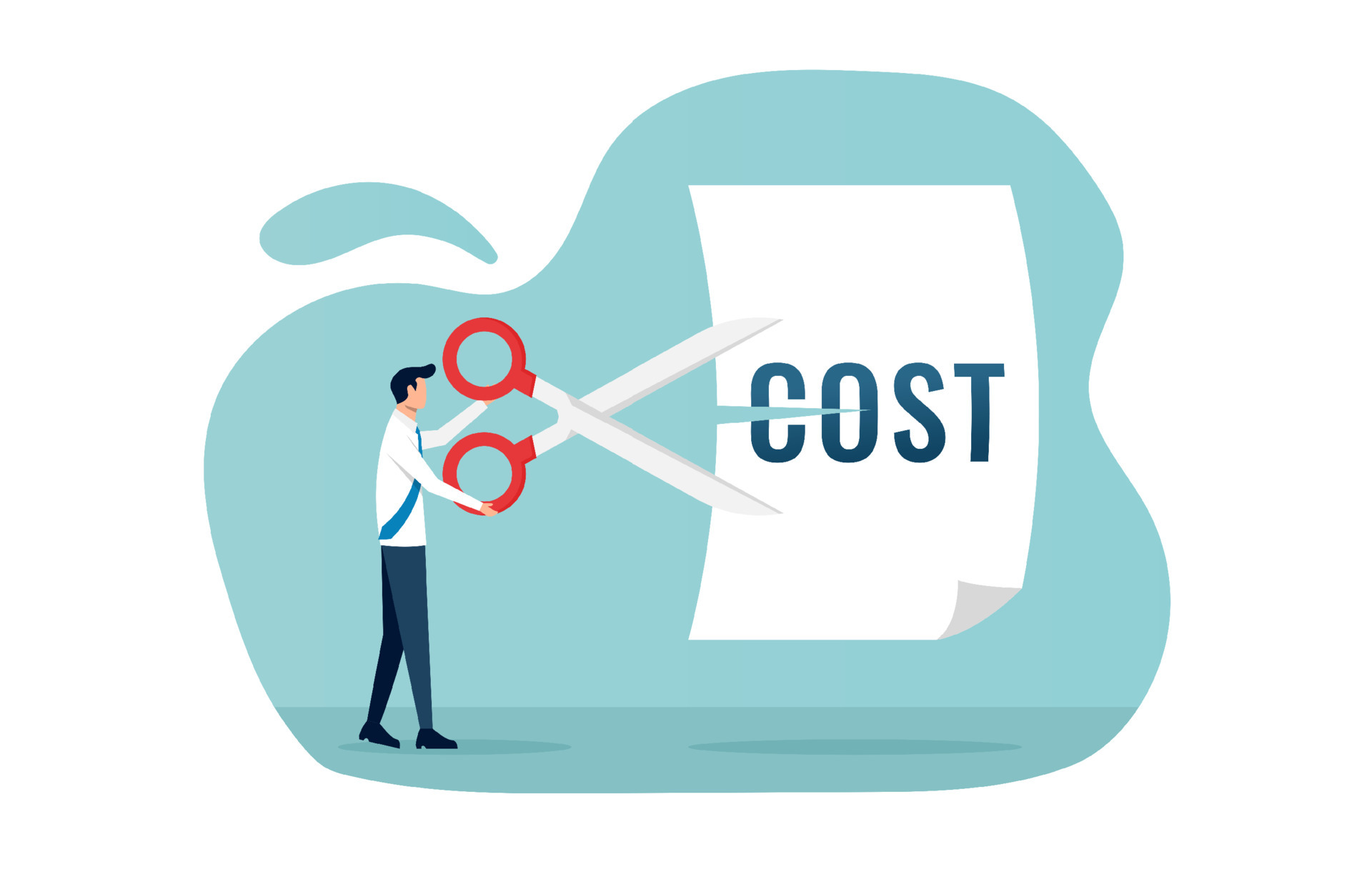



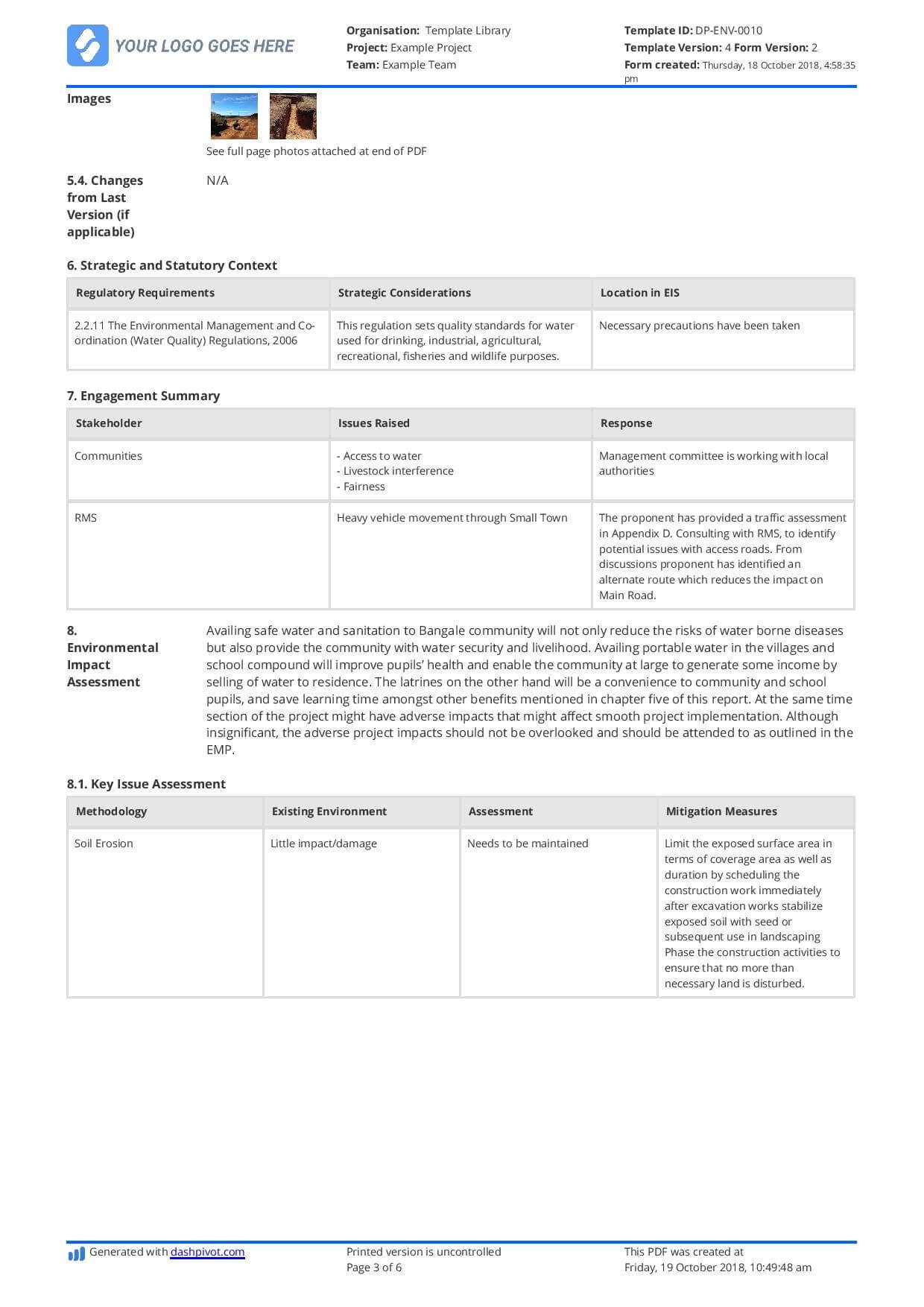
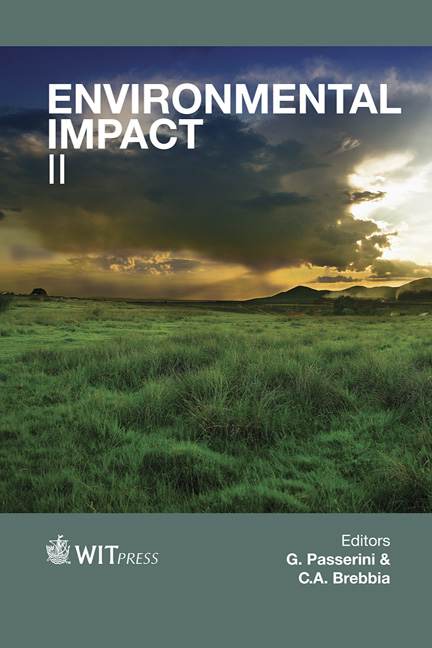

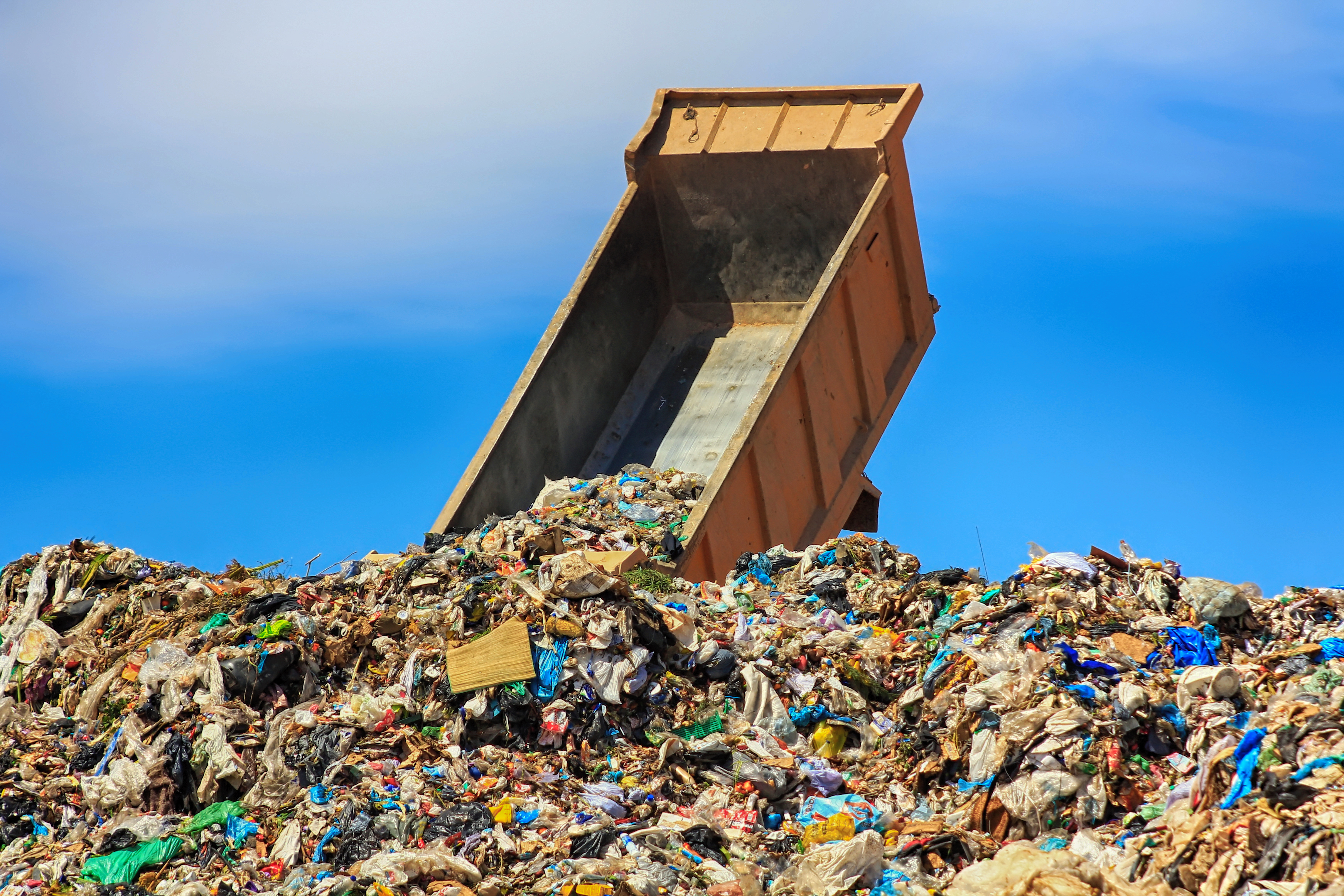



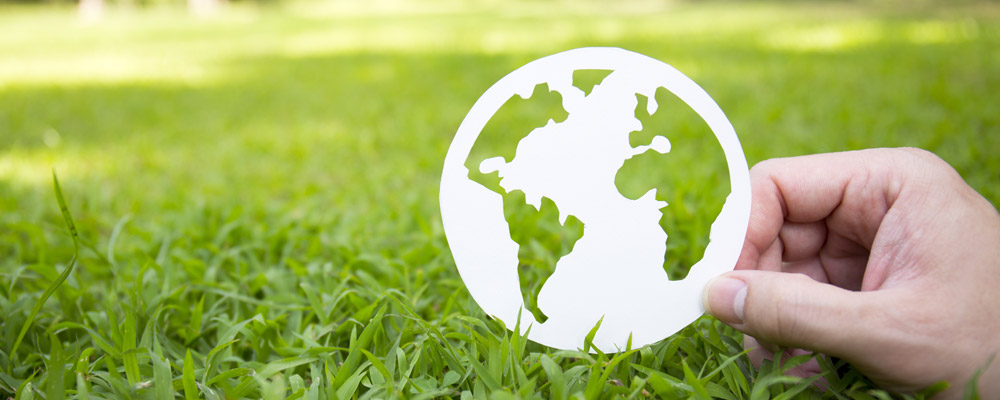





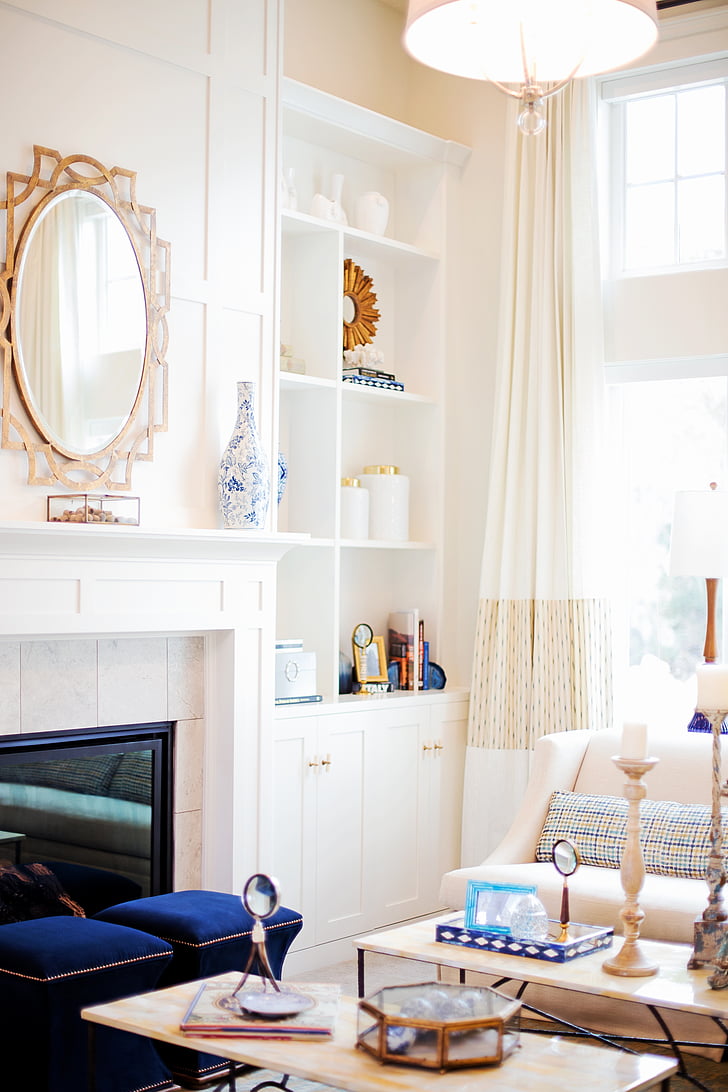





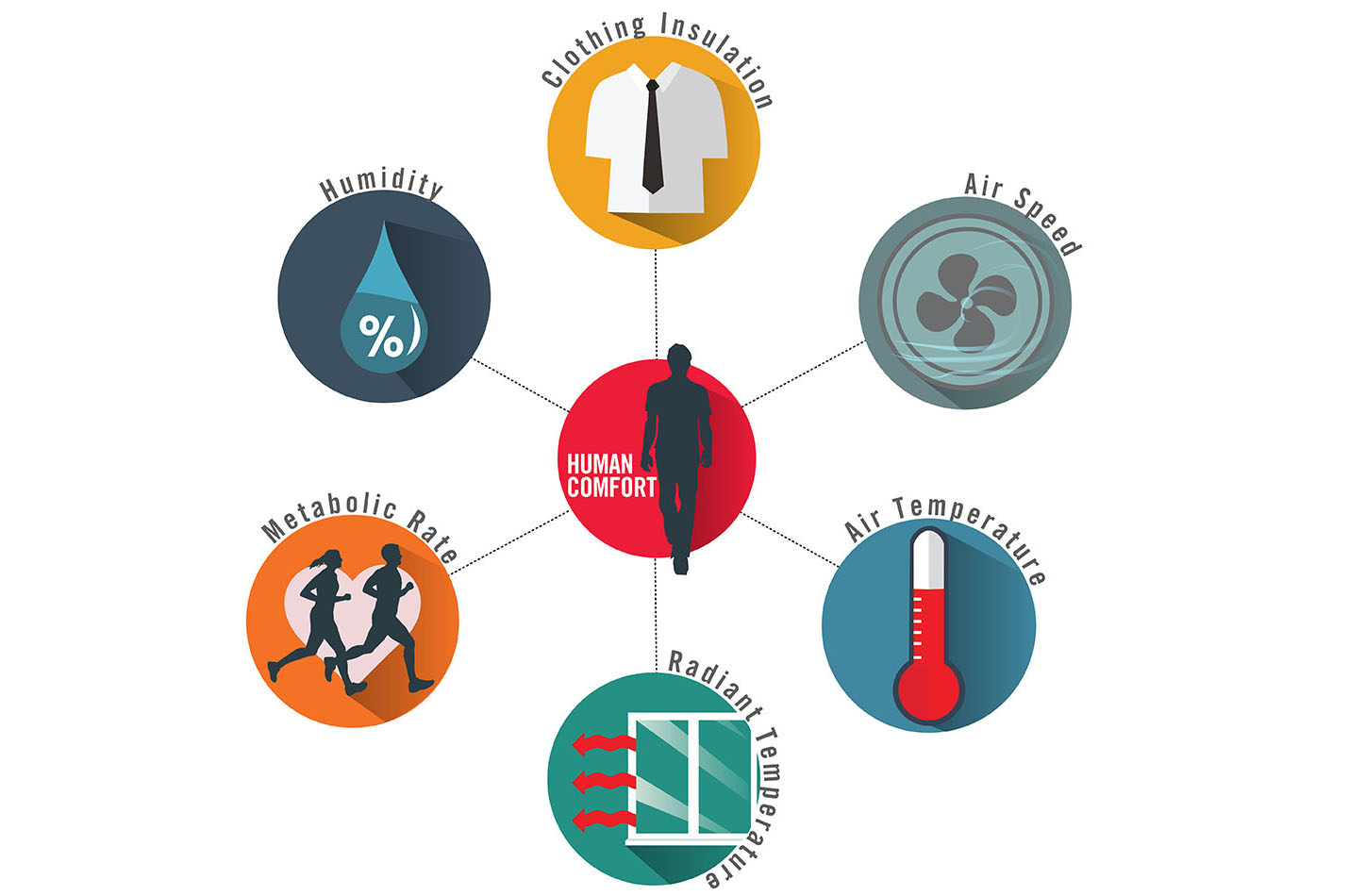




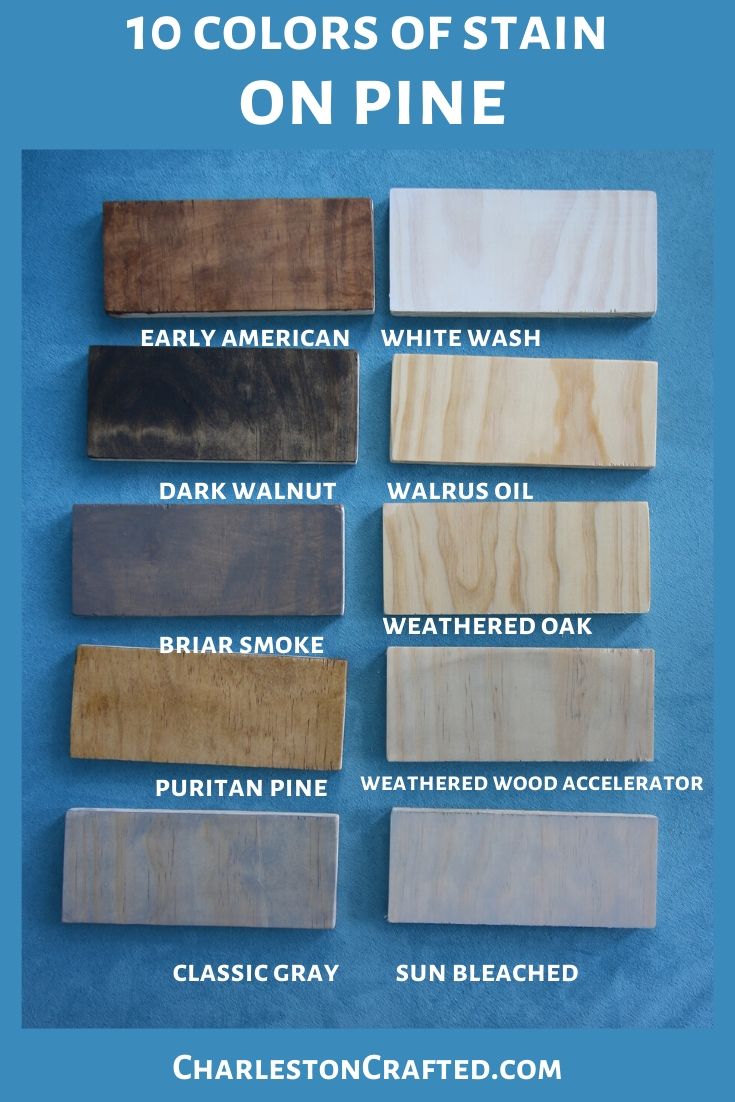
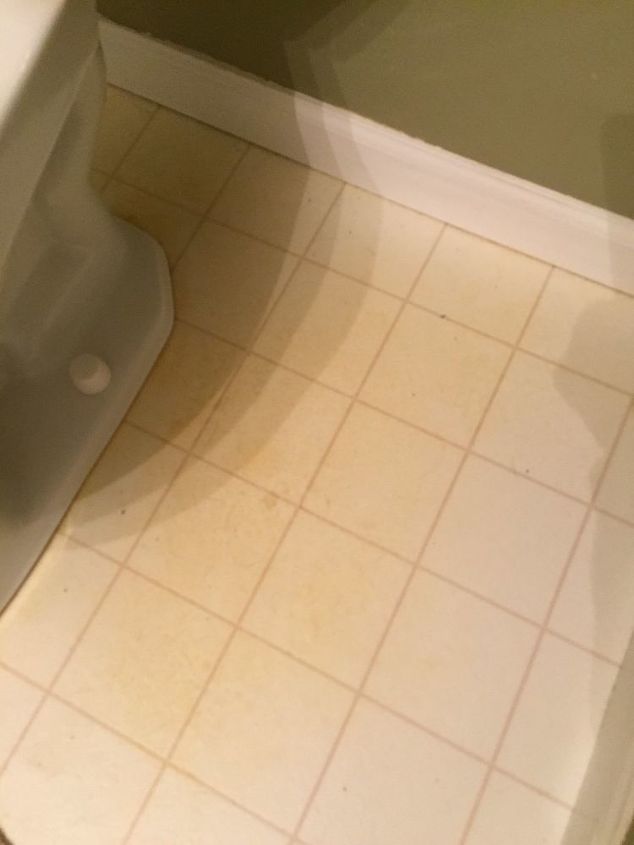

/GettyImages-173649949-56a4e88a5f9b58b7d0d9d756.jpg)
/GettyImages-98458433-b2f63c2945134b75b671af2719e6945f.jpg)

